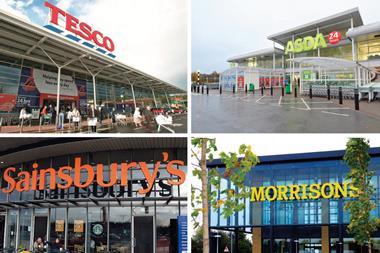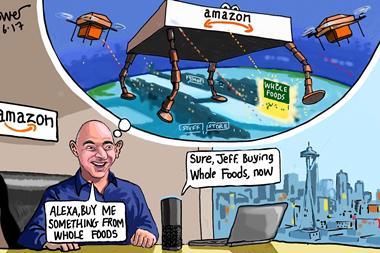There is no doubt that consumer shopping habits have drastically changed over the last five years or so.
If we put aside the unavoidable economic difficulty experienced since the 2007 recession, consumer shopping habits have long been evolving in an era spun by digital innovation and social media culture.
Demands for speed, convenience, newness and the best price has thrown the retail industry into a tropical storm – or maybe that’s just the fluctuation in weather itself – leaving the customer utterly confused in not only the best way, but best place to shop.
But the confusion deepens when considering the actions of many retail players as they fight to drive sales and protect profits.
While a handful of high street retailers are fighting to offer an increased number of brands to reach a broader set of customers, others – as seen with Topshop and River Island – are focusing on growing their own-brand collections; which will see Next launch a new own-brand clothing range in August this year.
Fighting the discounting mentality
Another example is how retailers are fighting to drive full-price sales to protect margins, while forgetting that their customers are ingrained with a value mindset.
Many have become conditioned to buy products only when they are on Sale, altering the retail landscape.
While this has led many retailers to address their entry price points and see full-price sales growth as a result, this is only a small element to factor in when it comes to protecting margins.
One of the problems with competing in such a fast-paced industry is that once one retailer gets its right, another one quickly follows, making the initiator once again uncompetitive, and so the cycle continues with the next ‘right’ move.
There is no denying that retailers need to ensure their businesses are agile enough to react to change, but it is as if many in the industry are getting lost in the mammoth investment that may be needed in technology, and forgetting retail’s core principles as a result.
Right product, right price, right location
It therefore seems important to remind the industry of the key principles of any successful retailer, which have circulated for years – having the right product, at the right price, at the right location, at the right time – with each holding the same level of importance.
The strongest fulfilment offer will not suffice on its own if the product range fails to drive the customer to the checkout in the first place.
The issue that arises, however, is how retailers can combine traditional working practices throughout the business, with the changing consumer requirements of the digital age.
Amazon’s new venture of Prime Wardrobe in the US is a major example of this.
While it’s advertised as a new and innovative idea for consumers to try-before-they-buy, the concept has actually been around for over 40 years, peaking in the 90s through the catalogue heavyweights including Empire and Littlewoods.
What Amazon has done though is successfully utilise its winning fulfilment capabilities manufactured for the digital age to offer the right location and time, while making the price more accessible through traditional practices in its newly-introduced payment strategy to offer the right price.
As for the right product, is there really that much that you can’t get from there?
As a result, Amazon’s almost frictionless shopping experience makes the journey so easy, that even though some of Amazon’s prices are beatable elsewhere, it gives savvy customers little reason to seek it.
Therefore, while it’s important not to ignore the value of digitally-proofing your business, it’s equally as important to remember the core principles that still have relevance today.


























No comments yet